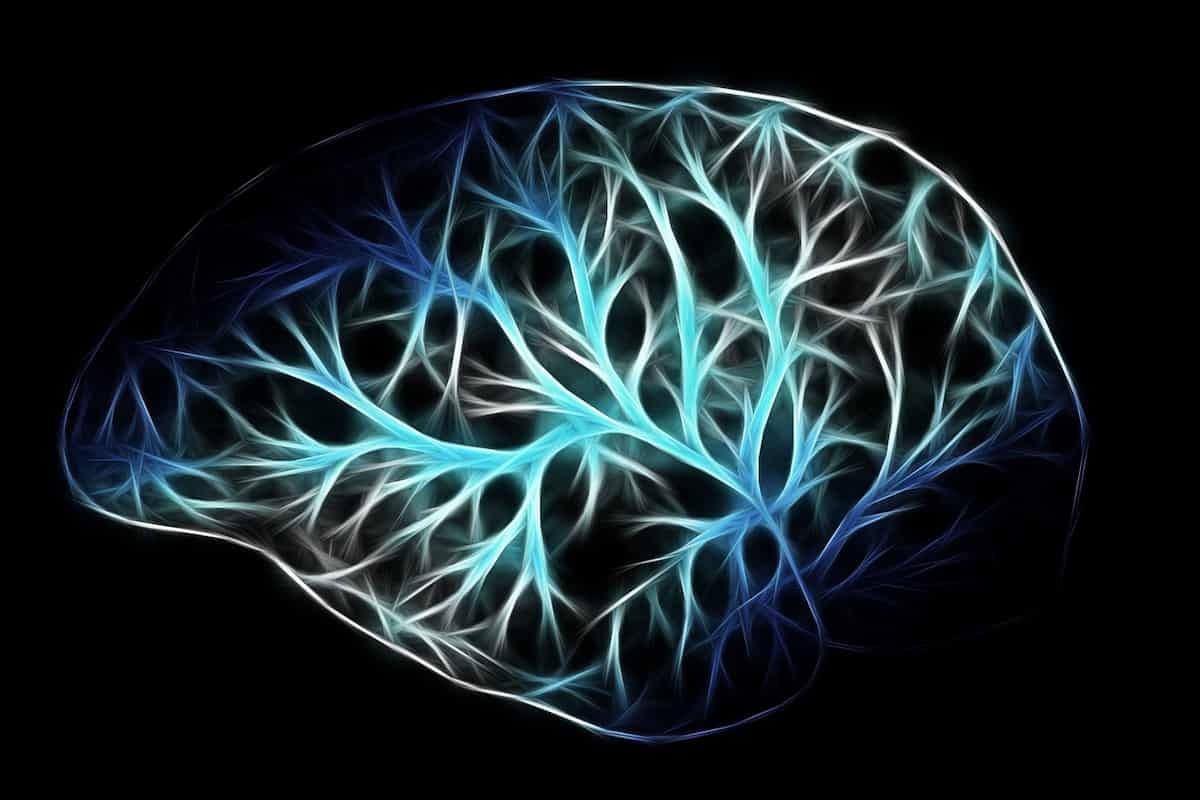Anchoring bias is a common cognitive bias that influences our decision-making and judgments.
This article explores what anchoring bias is, how it works, its effects in various fields, and actionable strategies to reduce its influence.
What is anchoring bias?
Anchoring bias occurs when people rely too heavily on an initial piece of information, known as the “anchor,” when making decisions.
This bias can affect how we estimate values, form opinions, and assess probabilities, even if the anchor is irrelevant or arbitrary.
For example, when asked to estimate the price of a car, an initial price suggestion can disproportionately influence the final estimate.
Historical background
The concept of anchoring bias was first introduced by psychologists Amos Tversky and Daniel Kahneman in the 1970s.
Their research demonstrated that anchoring significantly affects human judgment, even among experts.
Since then, anchoring has been studied extensively across psychology, behavioural economics, and other fields.
These studies have expanded our understanding of how anchors shape decisions and highlighted the need for strategies to address this bias.
How anchoring bias works
Anchoring bias arises from our tendency to rely on initial information as a reference point.
This reference point influences subsequent judgments, even if the anchor is unrelated to the decision at hand.
Psychological mechanisms
- Heuristic processing: Anchoring occurs when individuals use mental shortcuts to simplify complex decisions.
- Adjustment issues: People often fail to sufficiently adjust away from the anchor, leading to biased outcomes.
- Confirmation bias: Anchors shape how individuals interpret new information, reinforcing the initial anchor.
Another factor contributing to anchoring is our natural inclination to avoid uncertainty.
When faced with ambiguous situations, the anchor provides a sense of stability and guidance, even if it is flawed.
Impact of anchoring bias
Anchoring bias has far-reaching implications in various domains, from personal decisions to professional judgments.
Everyday decision-making
In daily life, anchoring can influence choices such as negotiating salaries, buying products, or estimating expenses.
For instance, a high initial offer in salary negotiations can set a reference point, swaying expectations.
Similarly, when shopping, consumers are often anchored by listed prices or promotional discounts, which shape their perception of value.
Professional fields
- Finance: Anchoring affects investment decisions, such as stock price evaluations based on historical highs or lows.
- Medicine: Anchors, such as initial diagnostic impressions, can influence medical diagnoses and treatment plans.
- Legal settings: Anchoring can impact jury decisions, sentencing, and settlement negotiations.
Beyond these fields, anchoring bias is also evident in marketing strategies, where initial price points or product features create strong first impressions.
Examples of anchoring bias
To understand how anchoring bias manifests, let us explore some concrete examples.
Retail pricing
In retail, anchoring bias is evident when products are displayed with a “discounted” price next to the original price.
The original price serves as an anchor, making the discounted price seem more appealing.
This strategy is frequently used during sales events, where consumers feel they are getting a bargain compared to the anchor price.
Auction scenarios
In auctions, the starting bid often acts as an anchor, influencing how high subsequent bids go.
Higher starting bids typically result in higher final sale prices.
This phenomenon is especially noticeable in online auctions, where initial bids can drive competitive behaviour.
Property valuations
In real estate, listing prices serve as anchors, affecting buyers’ perceptions of a property’s value.
Even if the listing price is arbitrary, it can shape how buyers evaluate the market worth.
Sellers often use this tactic strategically to influence buyer expectations.
How to mitigate anchoring bias
While anchoring bias is pervasive, there are strategies to reduce its impact.
Critical thinking and awareness
Becoming aware of anchoring bias is the first step to counteracting it.
Question initial anchors and actively seek alternative perspectives.
Awareness alone can significantly reduce the likelihood of falling into anchoring traps.
Use data-driven approaches
- Rely on objective data rather than subjective impressions when making decisions.
- Cross-verify information from multiple sources to avoid being swayed by a single anchor.
Incorporating analytical tools and frameworks can also help minimise bias in decision-making.
Consider diverse viewpoints
Engaging with individuals who have different perspectives can help counteract the influence of anchors.
Collaborative decision-making often leads to more balanced outcomes.
Set neutral anchors
When setting anchors, use realistic and neutral reference points to minimise bias.
For instance, base financial estimates on market data rather than arbitrary benchmarks.
This approach fosters a more grounded and less biased evaluation process.
Conclusion
Anchoring bias is a powerful cognitive bias that shapes our judgments and decisions, often without our awareness.
By understanding how anchoring works and adopting strategies to mitigate its effects, we can make more informed and balanced decisions.
Whether in personal or professional contexts, overcoming anchoring bias can lead to better outcomes and a clearer understanding of complex issues.
As we continue to uncover the nuances of cognitive biases like anchoring, fostering awareness and employing practical strategies will remain essential.
Ultimately, reducing the influence of anchoring bias can enhance both individual and collective decision-making processes.










